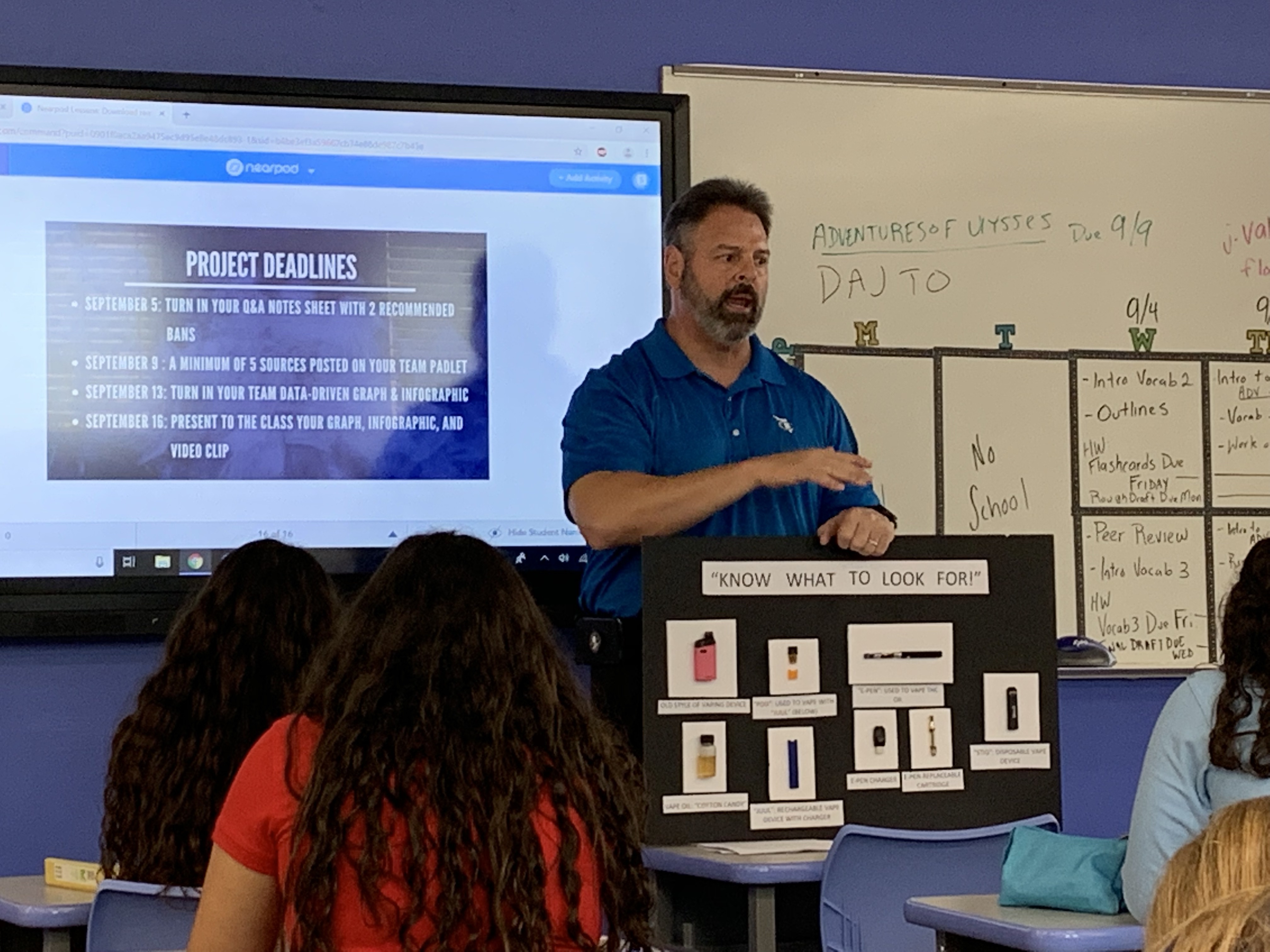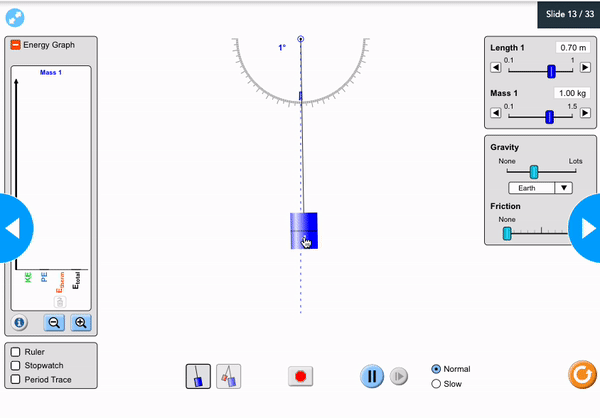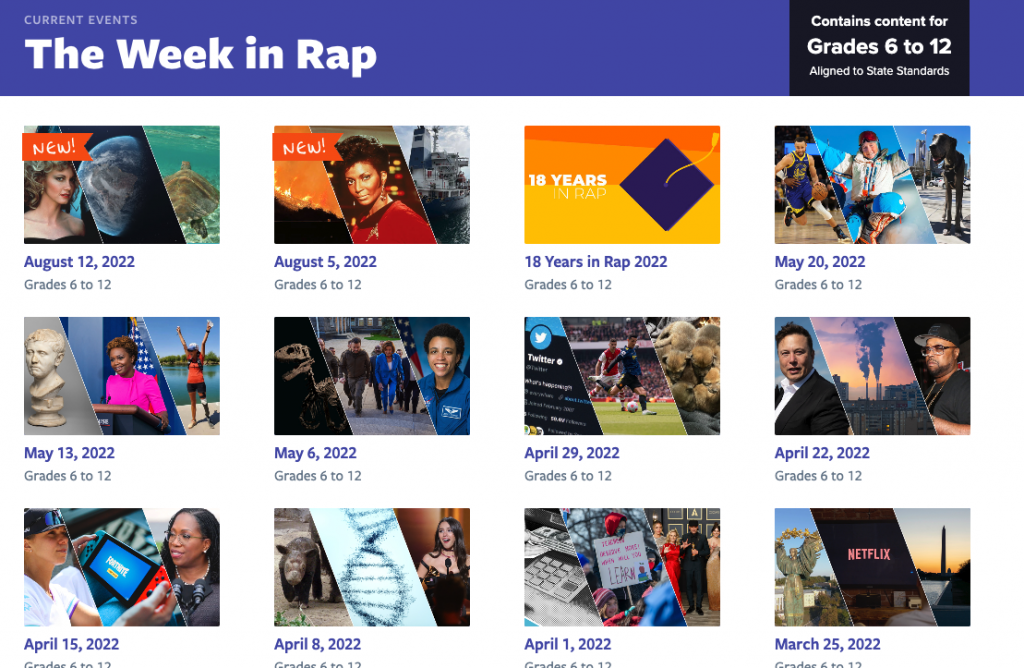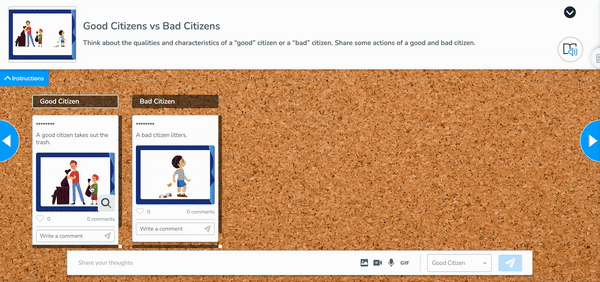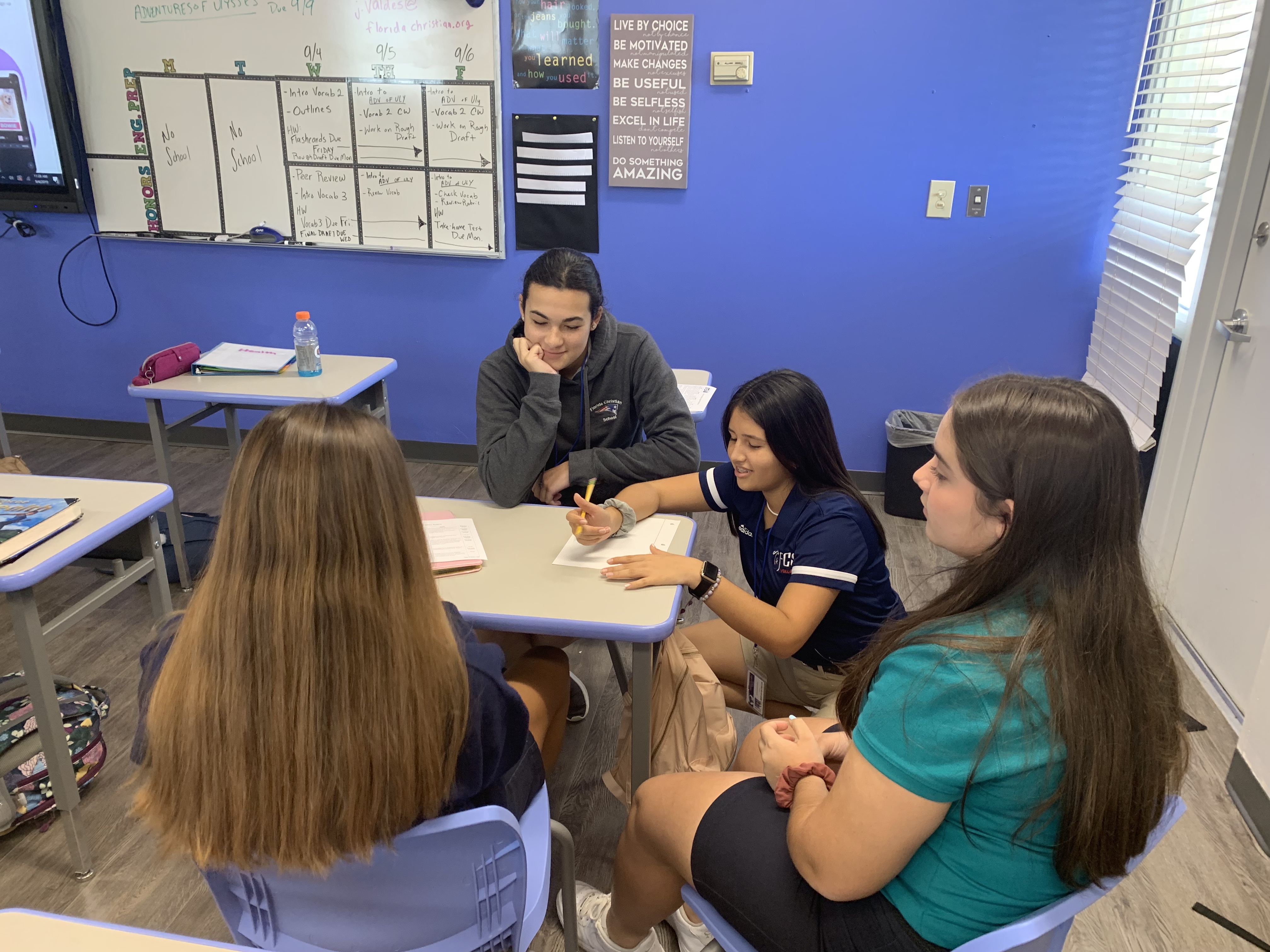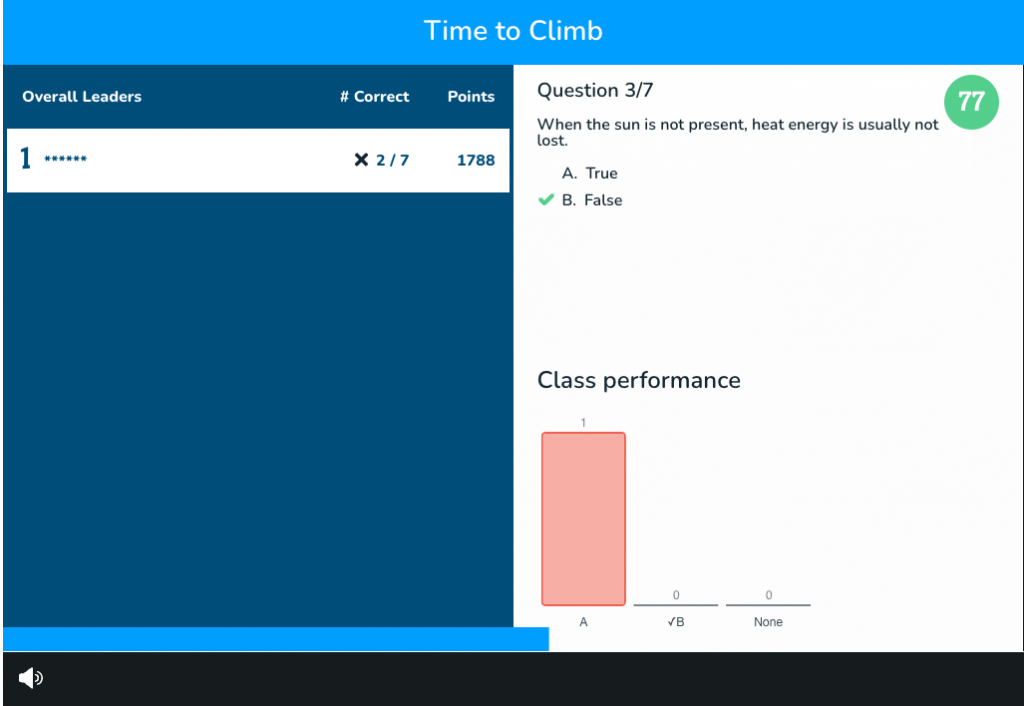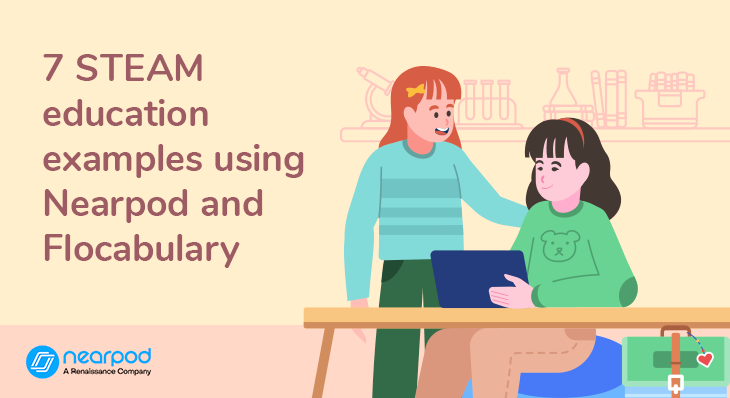
7 STEAM education examples using Nearpod and Flocabulary
What is STEAM education, and why is it important?
STEAM education, which evolves from STEM, cultivates essential skills such as creativity, collaboration, critical thinking, problem-solving, and communication. By integrating Science, Technology, Engineering, Arts, and Mathematics (hence the acronym), it empowers students to tackle complex problems, embrace diverse perspectives, and prepares them for their future careers.
However, STEAM extends far beyond an art-focused science fair project. STEAM education is intricate, resembling a captivating puzzle rather than a mere science-themed arts and crafts activity. Each piece of this educational puzzle is indispensable, contributing to the final picture that emerges. To facilitate the creation of engaging and transdisciplinary units of STEAM in the classroom for any grade level, teachers can leverage powerful tools like Nearpod and Flocabulary.
New to Nearpod? Make sure you’re signed up to access these lessons and activities!
Teachers can sign up for free below to access and create interactive lessons. Administrators can schedule a call with an expert to unlock the full power of Nearpod and the 21st Century Readiness Program for schools and districts.
7 STEAM education examples using Nearpod and Flocabulary
1. Problem-based projects
The first puzzle piece in creating an amazing STEAM unit is to select a problem for students to solve. A problem-based project creates a setting for processing skills, such as collaboration, analyzing, and modeling, to take place. This can also help create a context for students’ learning experiences.
Examples of project-based learning (PBL) STEAM scenarios:
- For Elementary Students: How can we create an outdoor “green” MakerSpace that will connect to our existing playground and be able to withstand our city’s year-round weather conditions?
- For Middle and High School Students: How can we raise awareness about the dangers of vaping for young people, and how can we help stop teens from vaping?
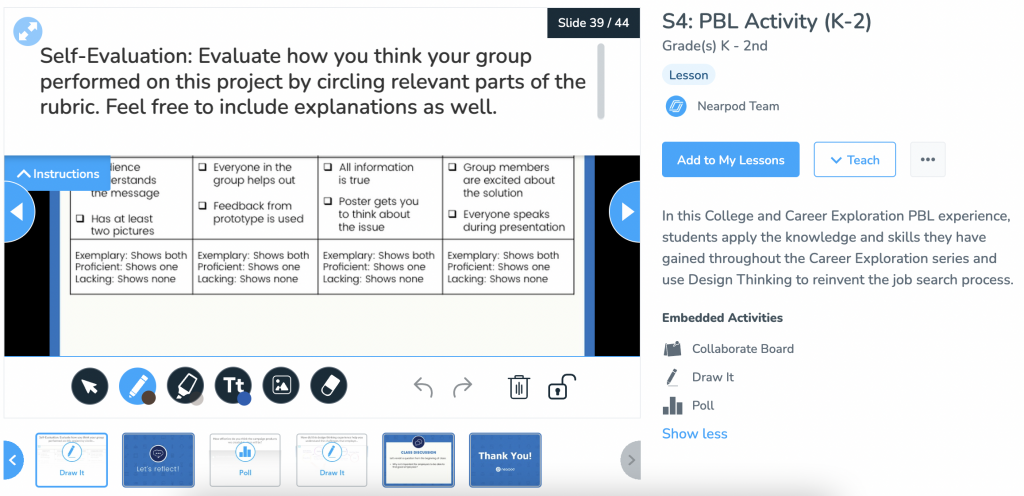
2. Incorporate STEAM content into projects
Try to incorporate the five components of STEAM: science, technology, engineering, art, and math, when creating a project. STEAM education examples begin with a problem and weeds in the five content areas asking, “What is the most useful way to solve the problem?”
Nearpod’s Lesson Library has 22,000+ ready-to-run, editable lessons that provide the foundational material students need to help solve these problem-based projects. Regardless of the subject matter, teachers can add a pre-made Nearpod lesson or activity to their Library. Teachers can ‘Add Content’ or an activity such as PhET simulations or Draw It to create a transdisciplinary lesson. Transdisciplinary teaching foregrounds the problem to be solved, not the content area.
3. Tie back to real-world issues
The problem-based STEAM unit should be about a current event or real-world issue involving student interests. It should be selected from a local, community-based problem. However, that does not mean that you can’t select a problem that is a global issue, particularly if it is a current hot topic amongst your students.
Under Flocabulary’s Life Skills lessons, you can find authentic global topics. These topics include bullying, diversity, activism, nutrition, and internet safety. For example, in the Nearpod and Flocabulary lesson on Culture, students learn about how culture impacts various aspects of our lives. This can start a conversation on how to solve some of the cultural issues in their own community.
Additionally, Flocabulary’s Week in Rap is a weekly, rapped recap of important headlines and student news used for teaching current events. Two new videos are released each week: The Week in Rap for grades 6 to 12 and The Week in Rap Junior for grades 3 to 5. Watch these lesson videos with your students to keep them up to date on real-world events and issues which can be tied back to your STEAM education resources and examples.
4. Create inquiry-rich opportunities
To create an inquiry-rich STEAM education unit, students should be able to choose from multiple pathways to solve the problem and practice critical thinking skills. By the end of the unit, students should feel led toward further inquiry. Teachers can include a question at the end of each day’s lesson (i.e., Exit Ticket) by using Nearpod’s Collaborate Boards, Open-Ended Questions, or Polls.
5. Encourage student choice
When students have a choice, they feel more ownership over the tasks, which increases student engagement! Students will typically choose something they are good at. This helps them demonstrate their strengths and engages different ability types. Additionally, student choice encourages multiple ways to solve a problem. Nearpod gives teachers the tools to create engaging lessons where students can be STEAM puzzle builders.
6. Technology integration
App smashing is a great way to integrate technology into your STEAM teaching unit. Student-paced Nearpod lessons introduce and connect students to tech tools they can use to solve their problem-based scenarios. Teachers can use Flocabulary, which includes hip-hop videos and creativity assessment tools that give teachers a new way to captivate students while engaging them in academically rigorous content. This tool supports content knowledge and visual arts integration in the classroom and even allows students to create their own raps using vocabulary words in Lyric Lab. They can also use Google Slides for group collaboration or Nearpod’s Time to Climb for a gamified formative assessment.
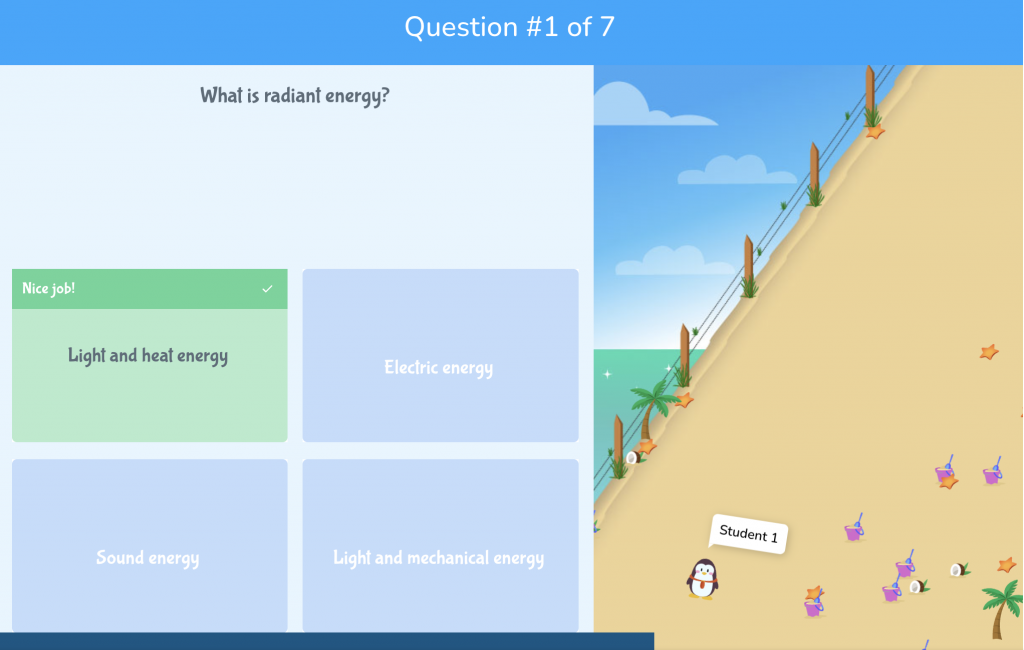
7. Provide feedback in real-time
As teachers become the facilitators of the lesson, students are provided opportunities to receive individual feedback and are able to take multiple pathways of inquiry. The outcome is that every group’s final project will look different from one another. With Nearpod’s Teacher Dashboard, you can access real-time insights into student learning. You’ll be able to see individual student responses and class scores.
Teach STEAM with Nearpod
These seven pieces come together to create a powerful STEAM education unit to transform students into creative and collaborative problem solvers. Nearpod is the puzzle box that stores all these puzzle pieces together.
New to Nearpod? Make sure you’re signed up to access these lessons and activities!
Teachers can sign up for free below to access and create interactive lessons. Administrators can schedule a call with an expert to unlock the full power of Nearpod, Flocabulary, and the 21st Century Readiness Program for schools and districts.

